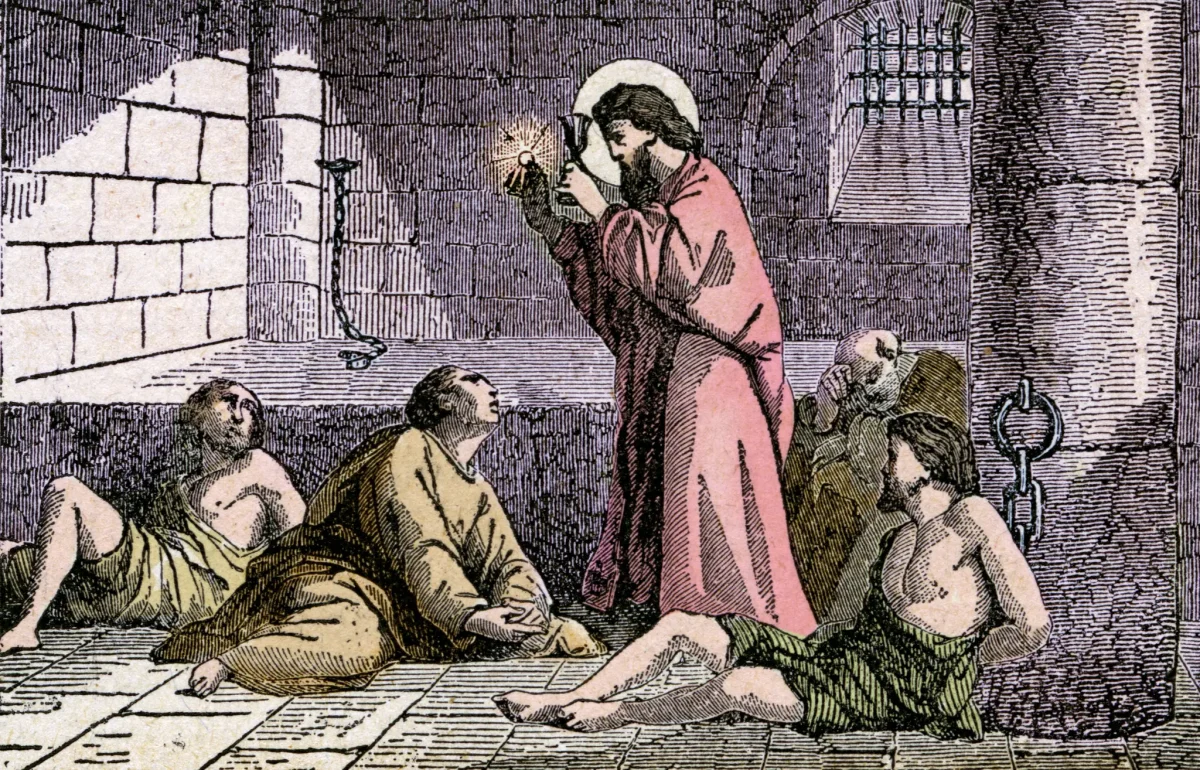As the year comes to a close, so do the covers of my books. By the time winter break rolls around, I’m ready for a fresh start on the new year, and new books to come with it. Being in a family of avid readers, we often give each other books for the holidays. And though I’m excited to read whatever’s next, I’d like to look back on my favorites of this year.
Silence of the Lambs
Over a year ago, I got a book I had been wanting for a long time: Thomas Harris’s Red Dragon. Investigator Will Graham tracks down a serial killer with the help of Hannibal Lecter. The book was nearly an instant best seller, spawning the need for another that featured famed Dr. Lecter with more prominence. Silence of the Lambs, and its movie following after, defined story-telling forever. Similarly structured to its predecessor, Clarice Starling unravels Buffalo Bill’s murder with even more help from Dr. Lecter.
While Red Dragon was an instant bestseller, Silence of the Lambs went international. The impact the book and movie had culturally, especially in the US, can’t be overstated. Still, today, I find death’s head moths on shirts and posters that say “Have the lambs stopped screaming, Clarice?” an infamous line said by Dr. Lecter about two-thirds of the way through the film and book. While the prose is not particularly flowery or full of imagery, it’s still extremely evocative. Additionally, antagonists are written theatrically, while the heroines, Clarice, and arguably Catherine Martin, are beautifully grounded in reality.
Slaughterhouse-Five
Kurt Vonnegut began his career as a little known sci-fi writer with “good ideas but bad style” and ended it as one of America’s most beloved 20th century writers, without losing his charm of “good ideas, but bad writing.” Many of Kurt Vonnegut’s best work comes from his personal narratives, or even his epilogues, including stories of his own life, and this is exemplified within Slaughterhouse-Five. It is partially autobiographical, telling the story of “Billy Pilgrim,” his time in WWII, his life as an optometrist, and his brief stint living in a human zoo millions of light years away to appease the alien race “Tralfamadorians.”
While not outwardly a political commentary, the description of war does nothing to soothe the great patriotic citizens ready to die for their country— it exposes a deep-set horror without pathologizing the main character. The incorporation of alien elements mixed with Vonnegut’s personal recounting of the bombing of Dresden make for the most innovative story of its decade.
Fight Club
Sometime in the 90s, Chuck Palahniuk sat down and aimed to make a story “that tells as much as possible with as little as possible.” A story with all transitions, and all fluff cut out in favor of repetitive motifs connecting each scene. Palahniuk’s dry humor is conveyed through the main
character’s crass commentary. The three main characters, the Narrator, Tyler, and Marla, depict a sarcastic view of interpersonal relationships.
The irreverent tone and harsh comedy of the novel makes for a critic of masculinity, society, consumerism, and family all wrapped up in one. While the film adaptation comes with critiques—mostly from those that misunderstood its message— the novel lays things out bare. There is no space to see any of the characters as “good” or “moral” or “pure,” everyone has vices big and small, and they’re put on display for readers plainly.
































